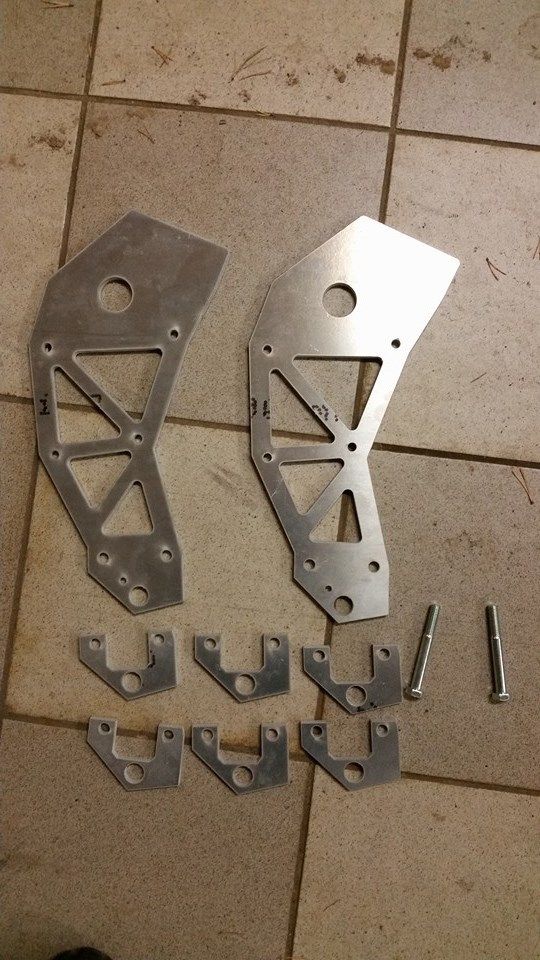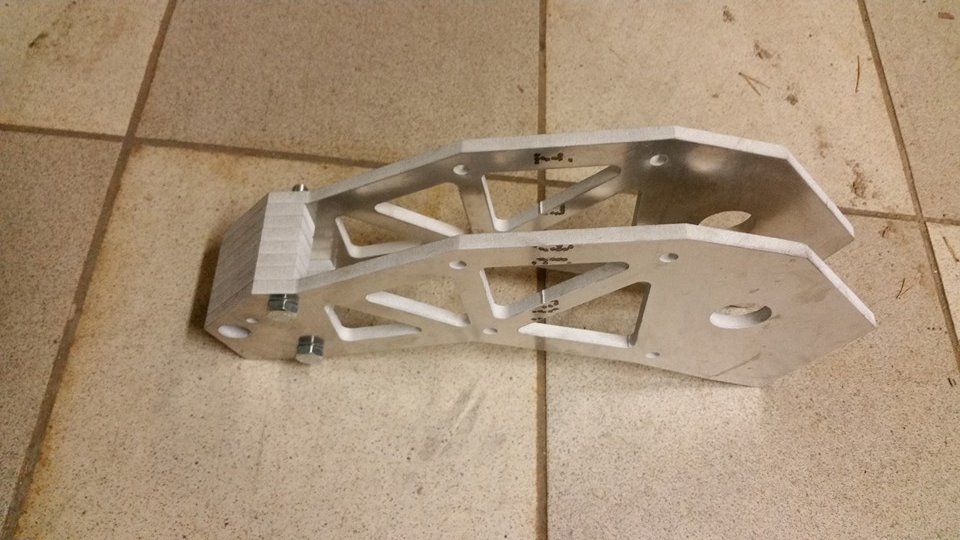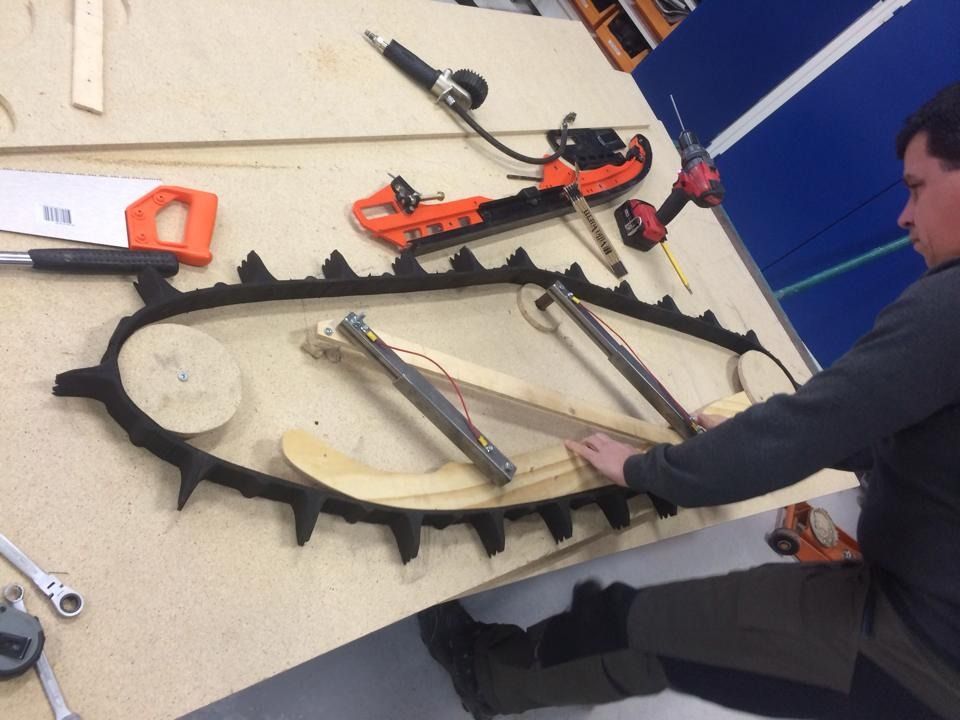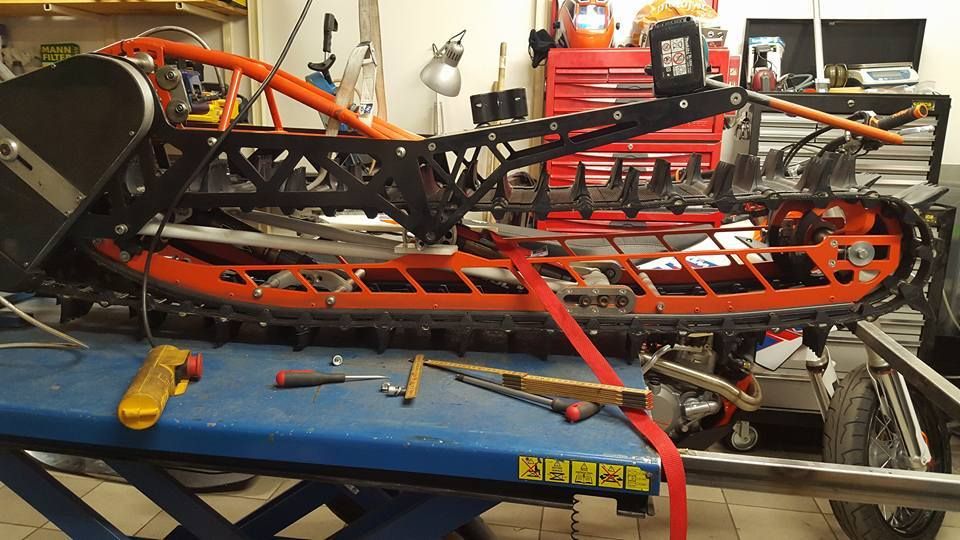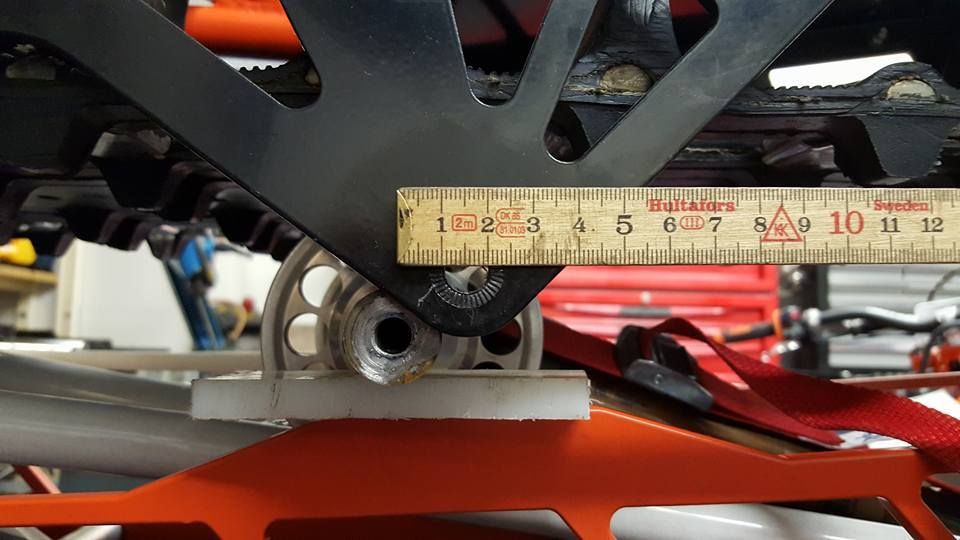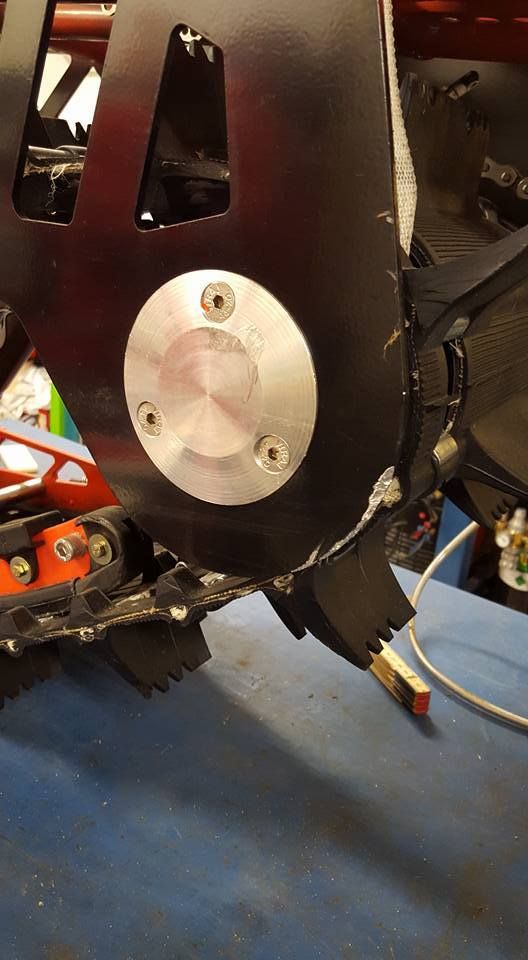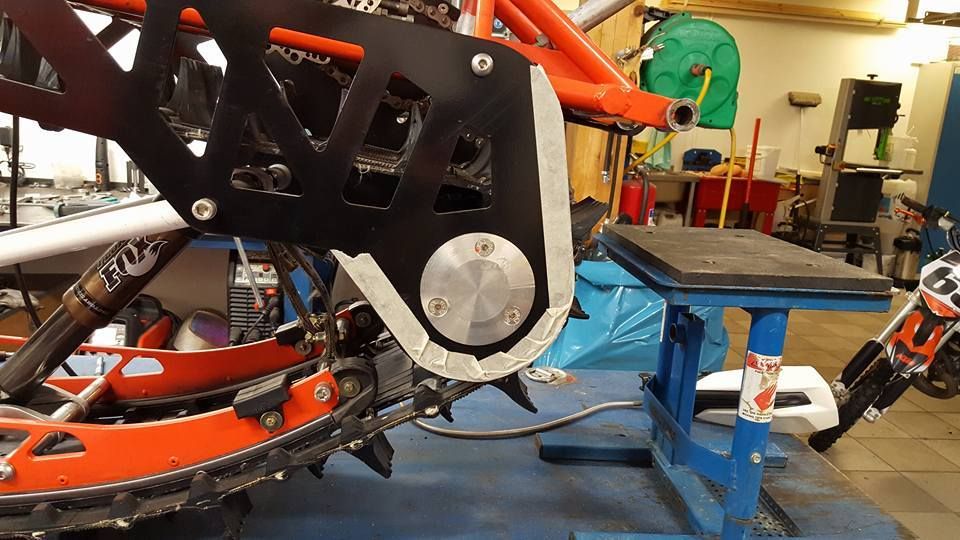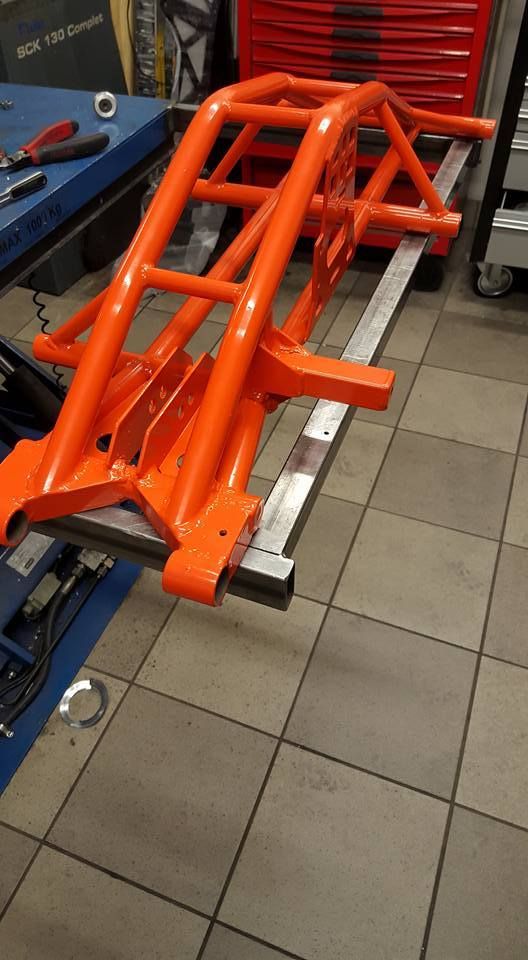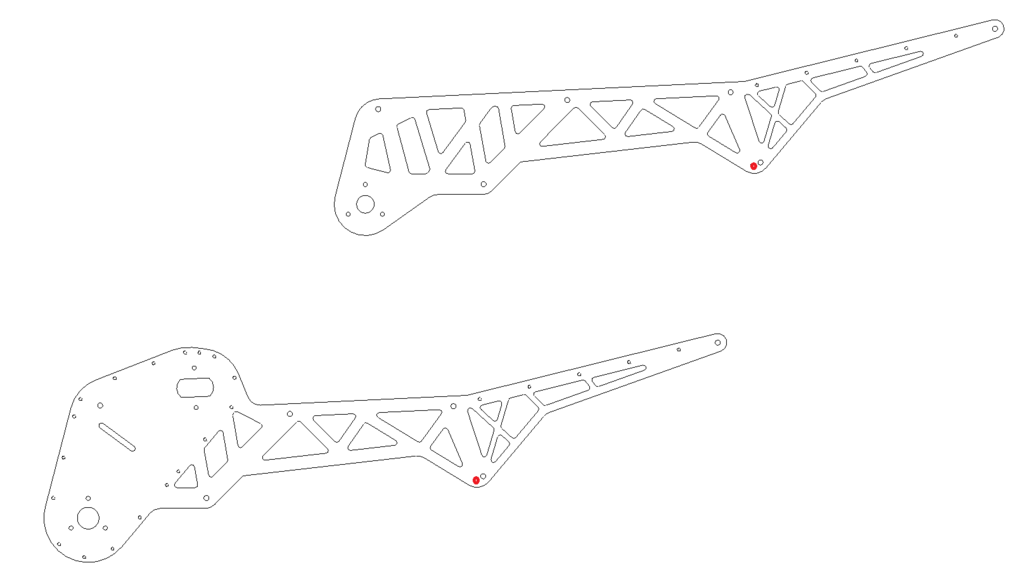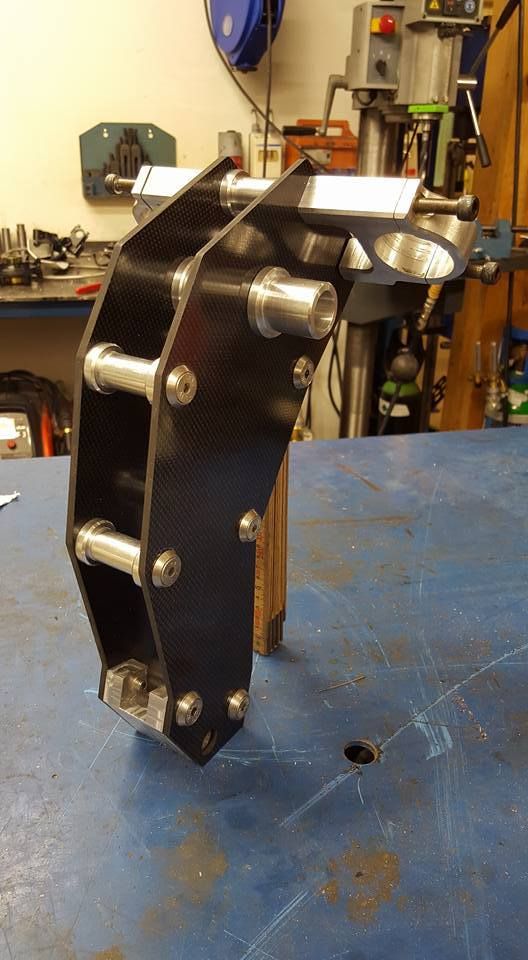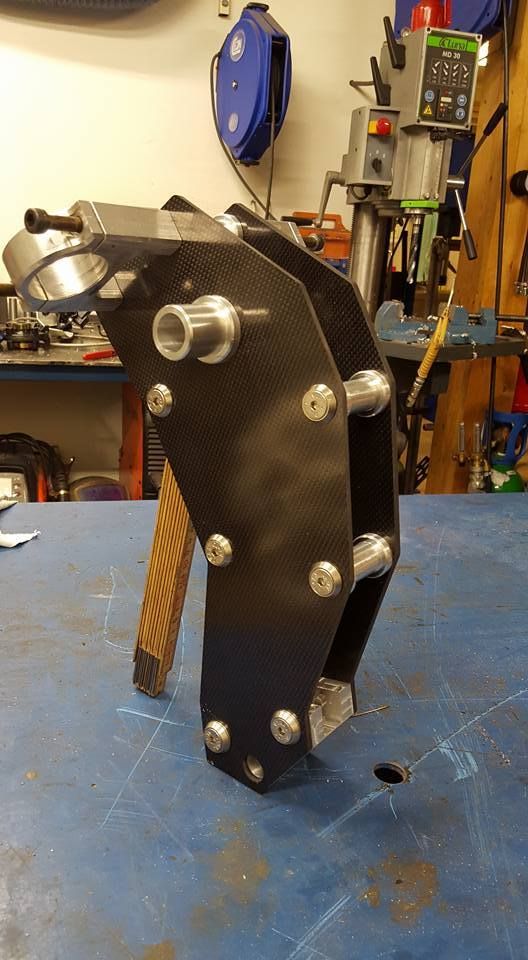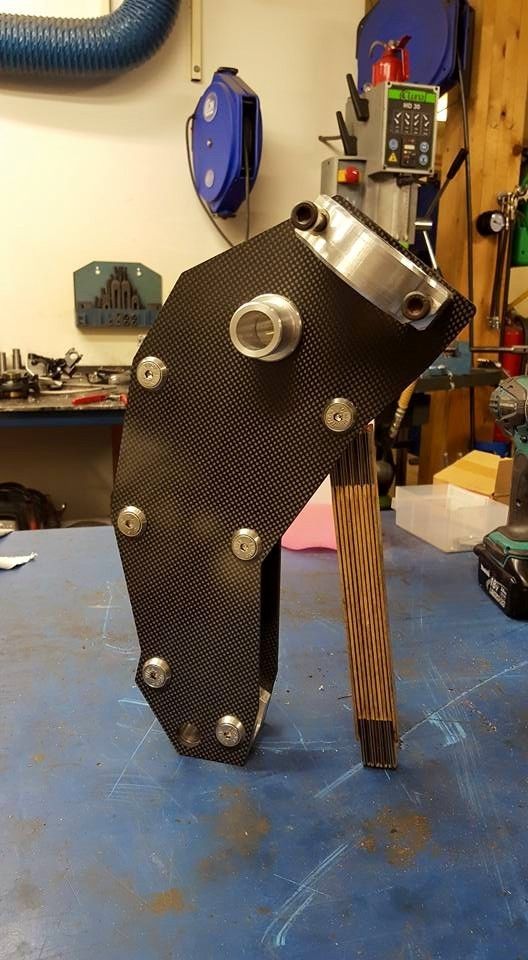After some testing I've concluded that the scratchers doesn't work.
Must figure out a new solution.
Our final trip to the Swedish Mountains May 9 th

Using our custom made snowbike hauler.


Filmed using the new Quadrocopter, a DJI Phantom 2 with Zenmuse 3D gimbal. Not the best resolution, something wrong in settings between Gopro and editing app. Must learn more. Will be amazing shots next season!
<EMBED type=application/x-shockwave-flash height=385 width=640 src=http://www.youtube.com/v/P79mesvFFG0>
</EMBED><!-- / message --><!-- edit note -->
Must figure out a new solution.
Our final trip to the Swedish Mountains May 9 th

Using our custom made snowbike hauler.


Filmed using the new Quadrocopter, a DJI Phantom 2 with Zenmuse 3D gimbal. Not the best resolution, something wrong in settings between Gopro and editing app. Must learn more. Will be amazing shots next season!
<EMBED type=application/x-shockwave-flash height=385 width=640 src=http://www.youtube.com/v/P79mesvFFG0>
</EMBED><!-- / message --><!-- edit note -->






